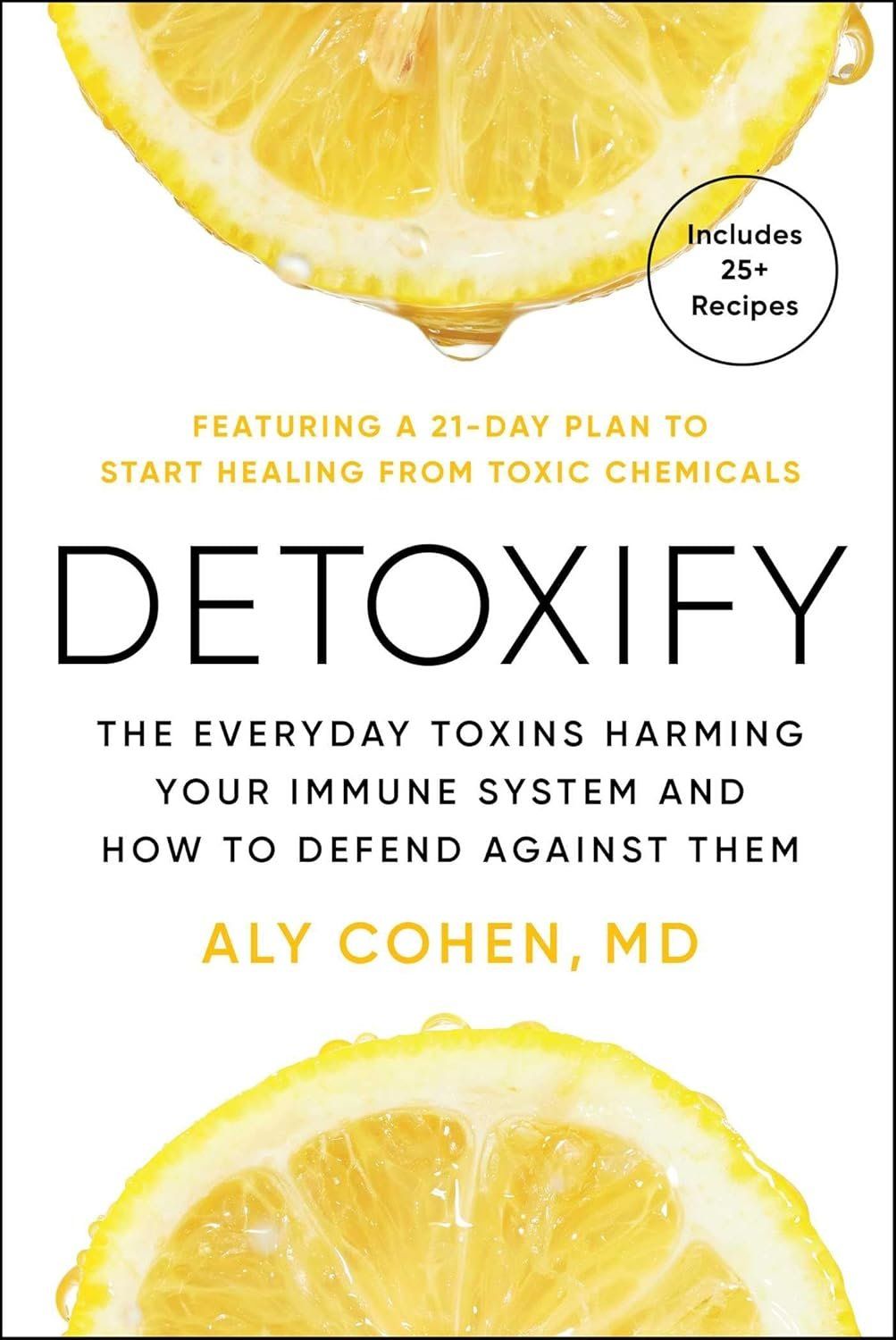
Ashley couldn’t stop staring at her hands. Swollen and slightly twisted, her fingers looked more like “deformed sausages,” as she described them, than what you’d expect to see in a relatively healthy twenty-seven-year-old woman. She held her hands out as she greeted me, then pulled them back to unfasten her coat, struggling and wincing as she pushed the buttons through the holes. I helped her with her jacket, then we looked at her hands together, as she sat on the edge of my medical exam table.
I asked if she had difficulty doing any other tasks, and she said her hands were often so swollen and painful that she couldn’t cut up food for her one-year-old son, or even grip his little hand at times.
I empathized. Disease is never easy, but when you feel as though you’re all alone or are abnormal, that emotional suffering can make the physical discomfort that much more acute. As I continued with the exam, I asked Ashley to take off her shoes. Immediately, I could see that her toes were swollen as well, which she said she assumed was a normal, long-term side effect of pregnancy. I assured her that it wasn’t, and I asked if she ever felt stiff in the morning. She did, although the tension usually went away after a few hours. Still, she was constantly tired, she said, despite getting at least eight hours’ sleep each night. She wondered if she had failed somehow to adjust to new motherhood. But chronic fatigue is never anyone’s fault or something a person has to put with, I told her, no matter how busy or how stressful their lives might be.
From the looks of her swollen finger and toe joints, Ashley clearly had arthritis, which is defined as inflammation, pain, and/or stiffness in the joints. The trick was to identify which kind of arthritis, as there are more than a hundred types. Arthritis can be due to an infection like Lyme disease, a medical condition like gout, or a musculoskeletal problem like osteoarthritis. But after listening to her symptoms and doing a full intake, I had a pretty good idea what Ashley might be suffering from.
Like so many people, especially younger and younger women, Ashley appeared to have rheumatoid arthritis (RA), an autoimmune disease marked by joint pain, swelling, and inflammation that can affect anyone at any age. Autoimmune diseases like RA occur when the body’s immune system attacks healthy tissue along with the harmful cells. This situation has historically been blamed on a confluence of factors that have included genetics and environmental exposure.
Today, however, many researchers believe that the United States’s skyrocketing rates of autoimmune disease in the last thirty years is due to the country’s concurrent skyrocketing rates of chemical exposure. Compounding the problem is that many patients like Ashley, who had no family history of autoimmunity, often see a handful doctors before being properly diagnosed, as there’s no “standard of care” for autoimmune diseases—meaning there’s no universally accepted medical method to identify and treat the broad spectrum of immune conditions, many of which do not meet the full criteria for established or “classic” autoimmune disease classification.
In Ashley’s case, I first wanted to order blood tests that would show rheumatoid markers, in addition to markers that might reveal a thyroid problem, nutritional deficiencies, infection, and/or a family history of RA (through genetic testing). I also wanted to hear her whole health story (not just a list of her past surgeries and current medications), including what she regularly ate, what kind of water she drank (tap, filtered, or bottled?), how long and how frequently she exercised, how she managed her stress, which prescription drugs she was taking then and had taken in the past, and what her childhood had been like.
This is what integrative medicine is all about. Integrative physicians consider the whole person, not just the isolated body part or system impacted by disease. We look at a patient’s daily habits, like diet, exercise, and toxin exposure, because we know that most diseases are influenced by, if not the result of, these lifestyle factors.
I asked Ashley these questions, in addition to a few others. Her answers gave me a ton of insight into what might be happening within her young woman’s body. And from what she told me, it was clear that Ashley’s microbiome—the vast collection of bacteria, fungi, yeast, viruses, and other microorganisms that live in the body—had taken multiple “hits,” as I like to call them. As a child, Ashley had suffered from frequent strep throat and ear infections, and as a result, she had taken multiple courses of antibiotics at an early age. While these drugs can be lifesaving and are often necessary at times, antibiotics also kill off the microbiome’s “good” bacteria in addition to the bad stuff. That’s a problem for many reasons, including that good bacteria help metabolize those environmental toxins and actually prevent them from entering the bloodstream. Another hit was Ashley’s diet. As a kid, she lived on frozen meals, cereal, and sandwiches, all which can contain food and food-packaging chemicals now capable of being detected in human blood, breast milk, and urine. While she had “cleaned” up her diet after college, prioritizing “healthy” choices like plant-based protein shakes, veggie burgers, and seltzer instead of sugar-free soda, these items can unfortunately still be rife with toxins. Many protein powders, for example, contain bisphenol A (BPA), a chemical known to affect hormone and immune function.
Reducing your toxin exposure isn’t necessarily about changing your habits so much as it is learning to choose those products or types of packaging that contain fewer known toxins. Since Ashley had taken multiple courses of antibiotics at a critical age and had consumed foods high in chemical additives for so many years, I suspected she might have gut dysbiosis, a common condition in which someone has an imbalance of microorganisms in their intestinal tract, with more bad microbes than good ones. If she did have dysbiosis, it might explain her RA, since the condition is one of the leading causes of autoimmune conditions, according to the research. Gut dysbiosis can also lead to other chronic illnesses like cancer, diabetes, obesity, infertility, and neurodegenerative disorders like Alzheimer’s.
How can an imbalance of bacteria do all this? In short, the gut microbiome is the center of gravity for our entire immune system, supporting and anchoring the majority of our body’s immune activity. And anything that shifts our gut microorganisms in one way will ultimately shift our immunity in a corresponding way.
Several weeks later, we had the results: Ashley had both RA and gut dysbiosis. When she came into my office again, I told her we’d have to treat both if she wanted to begin to resolve her symptoms. While prescription drugs would certainly help, drugs alone wouldn’t solve her autoimmune condition if it was triggered or fueled by gut dysbiosis—we needed to go “upstream” to find the root cause of her immune illness. Ashley would have to heal her microbiome if she wanted to effectively treat her RA, cleaning up the ecosystem in her gut. And doing this, first and foremost, meant reducing her consistent exposure to environmental chemicals.
Excerpted from “Detoxify: The Everyday Toxins Harming Your Immune System and How to Defend Against Them” by Aly Cohen, MD ©2025 Dr. Aly Cohen. Reprinted by permission of Simon Element, An Imprint of Simon & Schuster, LLC. All rights reserved.





